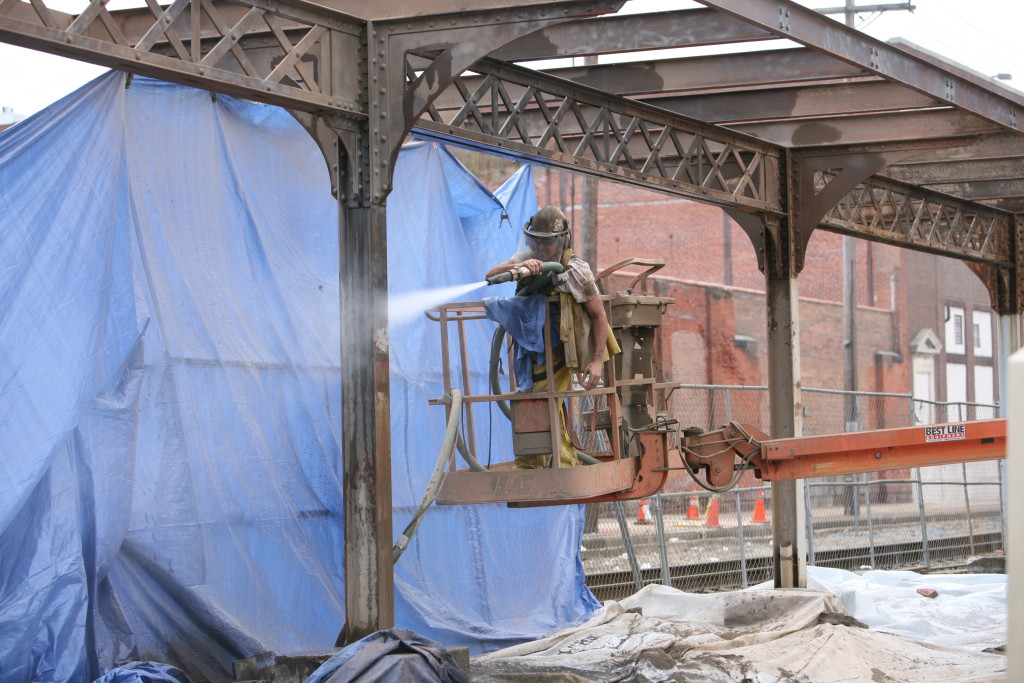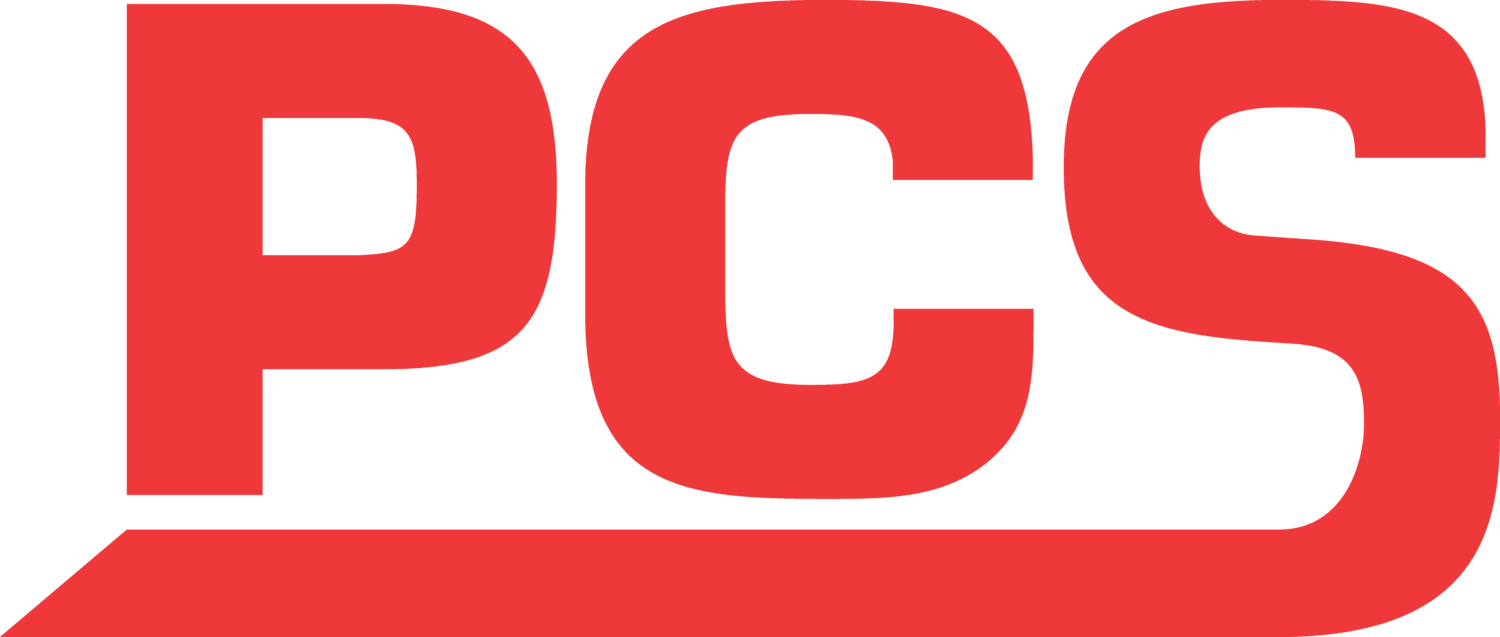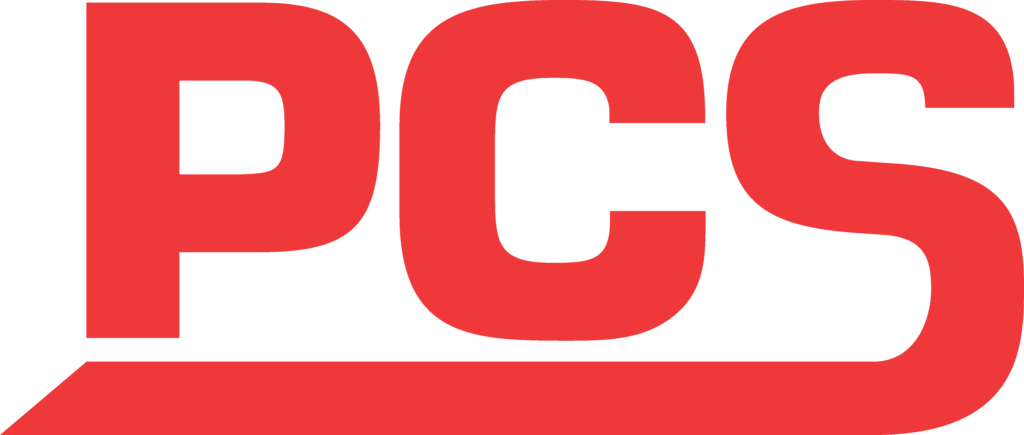Abrasive Blasting
Efficient Blasting Method
Wet abrasive blasting (also known as vapor abrasive blasting) removes coatings, contaminants, corrosion and residues from hard surfaces. It’s similar to dry blasting, except that the blast media is moistened prior to impacting the surface. Its main advantage over dry blasting is that it reduces dust. This allows operators to work in a wide range of environments with minimal setup and cleanup costs. It results in a cleaner and more consistent finished, ready to coat, with no embedded particles or clinging dust.
This abrasive method is alternatively referred to as wet blasting, vapor blasting, slurry blasting, wet sandblasting and dustless blasting.

While working with the Torbo® system on abrasive blasting projects during the recent years, we have found that this technology is much less likely to damage sensitive substrates as we have complete control over the impact that the media has on the surface at hand. The amount of blast media that the system uses is significantly less than most of the other conventional methods of blasting (Dust reduction rate of nearly 95%). It is not uncommon to perform this blasting work without a containment, dust collectors or negative-air pressure on site.
State-of-the-art Equipment: Torbo®
- Cleaning/Removing layers of concrete
- Removal of paint by layers
- Total coating removal to a specified degree of cleanliness
- Removal of oxidized layers from steel

